Mason County History
History Museums
Texas Forts Trail
School House Trail
Court House Trail
What to See Now...
History Museums
List of Services
-
Mason County MuseumList Item 2
Encompassing two buildings, one a former schoolhouse and another located on the historic Mason Square, the museum contains a wonderful array of memoriabilia related to the history of Mason Country. Learn about Fort Mason, the historic school system, the German settlers, the Hoodoo War and more during your visit.
-
Mason Tennis MuseumList Item 1
Did you know Mason is the "winningest tennis town in Texas"? That's right, with 96 state UIL championships to date the Mason Tennis program has acquired almost twice as many winnings as Texas’s second most successful school, Dallas Highland Park. Tour the Tennis Museum to get the full story of how this small town became a tennis mecca!
-
Heart of Texas Country Music MuseumList Item 3
Over 100 Country Music Artists are represented in this museum at neighboring Brady, Texas. On display are stage costumes, musical instruments, autographs, posters and other memorabilia highlighting Country Music's colorful past.
-
Brady Heart of Texas Museum
This museum housed in the McCulloch County Jail was once named the "best small museum in Texas" by the Fort Worth Star Telegram. You'll tour the jail, learn about life on the frontier and view a wonderful WWII exhibit highlighting Brady heroes and the nearby POW camp.
Historical Forts of Texas
List of Services
-
Fort MasonList Item 2
Established in 1851, the fort was Rober E. Lee's last command post in the US Army. Throughout its history, women and children often sought shelter and protection within its walls during frequent Indian raids. Explore a reproduction of the officers' quarters during your visit.
-
Fort McKavettList Item 1
As one of the best preserved and most intact examples of a Texas Indian Wars (1850–1875) military post, Fort McKavett draws visitors from across the county. The beautiful views from this hill top fort have led historians to dub this the "prettiest post in Texas".
-
Presidio de San SabaList Item 3
This 1757 fortress was burned to the ground during raids by neighboring tribes just one year after construction. Today, the city of Menard is helping to preserve and interpret the acheological remains. View the ruins of the Presidio and other artifacts pertaining to the site and the Spanish Colonial period in Texas. Interpreters are on-hand to answer questions and guide visitors. Bring a picnic to enjoy along the banks of the San Saba river.
-
Fort Martin Scott
Located outside Fredericksburg, Fort Martin Scott was in operation from 1848 to 1853. It was occupied by the Confederacy for a short time during the Civil War and was later converted into a farm by the Braeutigam family. Today it is owned by the City of Fredericksburg offering self-guided tours and a yearly war re-enactment in April.
Historic School Houses
List of Services
-
Cherry Spring SchoolList Item 2
On dedication day in 1885, German students marched from their homes, where classes had been held, to the new Cherry Spring School. The 31' x 23' schoolhouse was built, using locally-quarried limestone on land donated by H. Bratherich. In 1936 a large pavilion was added which included moveable walls allowing it to be used as a second classroom during the school year. Grades one through five met in the pavilion while grades 6 through 9 met in the original rock building. During the 76 years school was held at Cherry Spring, almost 400 students and 42 teachers passed through the doors.
-
Pecan Creek SchoolList Item 1
In 1899, the Bernhard Friedrich house, which was bought for $250, became the Pecan Creek School. The school was later moved in parts to a plot of land donated by school patrons in 1916. Today, the stage curtain can still be seen displaying many early-day Gillespie County merchant advertisements.
-
Crabapple SchoolList Item 3
Fun Fact: Typically, the land for the schools was donated or bought for $1. At Crabapple, Crockett Riley and Mathias Schmidt decided to have a foot race to see who would have the privilege of donating the land. Mathias Schmidt won, and the school was built on his donated land. From 1887 - 1910, the school also served as the post office.
-
Junction School
Part of the LBJ National Park located along the Pedernales River, this school house was built in 1911. It's most famous student was Lyndon Baines Johnson, who later became a teacher and then our 36th President of the United States. He signed the Elementary and Secondary Education Act on April 11, 1965, at the Junction School with his first teacher, Miss Katie Deadrich, at his side.



